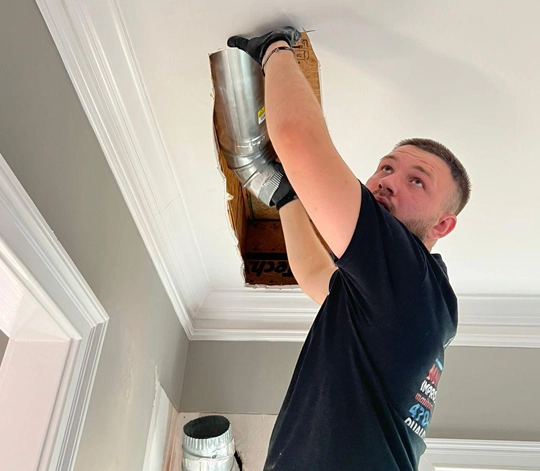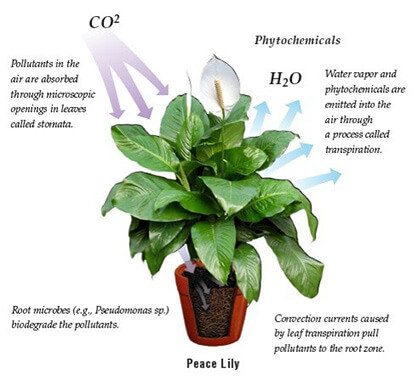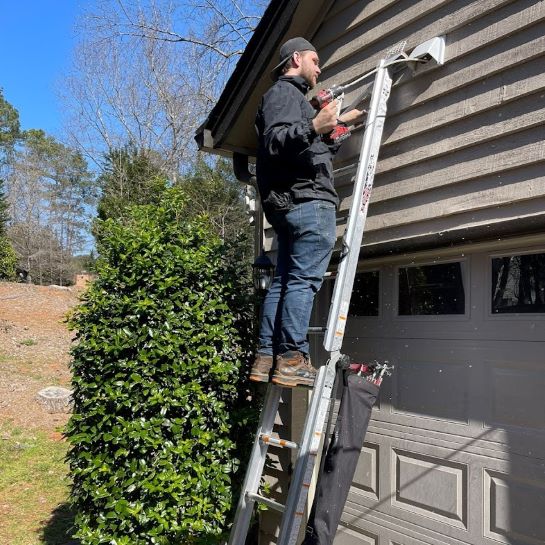Good Indoor air quality is important for a healthy home, but it’s often ignored. Did you know your favorite scented candles, gas stoves, and even your beloved houseplants can significantly impact your air? Let’s uncover how to improve indoor air quality and what you can do to create a healthier living space.
Understanding the Impact of Indoor Air Quality Testing
Maintaining good indoor air quality is important for your health and well-being. Regular indoor air quality testing can help you identify and reduce risks. For residents, Indoor Air Quality Testing in Smyrna offers valuable insights into pollutants and allergens present in your home, allowing you to take necessary actions to improve the air you and your family breathe. Professionals use advanced tools to measure various pollutants, including VOCs, mold spores, and particulate matter. Knowing the specific pollutants in your home can guide you in addressing the sources effectively.
Read Also: The Best Way to Maintain Indoor Air Quality

Are Candles Bad for Indoor Air Quality?
Candles can create a cozy atmosphere and negatively impact indoor air quality. Both scented and unscented candles release volatile organic compounds (VOCs) and specific matter when burned. According to the Environmental Protection Agency (EPA), these pollutants can cause respiratory and other health problems.
A South Carolina State University study found that paraffin wax candles release harmful chemicals like toluene and benzene, both known carcinogens. On the other hand, candles made from beeswax or soy produce fewer pollutants and are a safer choice for indoor use. Here are some tips for healthier candle use:
- Use beeswax or soy candles, which produce fewer pollutants.
- Make sure to have proper ventilation when burning candles.
- Trim the wick to reduce soot.
Gas Stoves: A Hidden Danger in Your Kitchen
Reducing emissions from gas stoves involves several strategies:
- Use exhaust fans or open windows to improve ventilation.
- Regularly maintain and check your gas stove to make sure efficient combustion.
- Start using an electric stove.
A recent analysis by the Rocky Mountain Institute highlighted that even with ventilation, gas stoves still contribute to indoor air pollution, suggesting that households should consider switching to electricity for better air quality.
For more insights, read: Which Factors Would Increase Poor Indoor Air Quality?
The Power of Plants: Improving Air Quality Naturally
Indoor plants are pleasing and good for improving air quality. Plants can absorb pollutants and increase oxygen levels, creating a healthier indoor environment. The NASA Clean Air Study identified several plants that effectively remove toxins from the air, including formaldehyde, benzene, and trichloroethylene. Some top indoor plants for better air quality include:
Spider Plant: Effective at removing formaldehyde.
Peace Lily: Known for its ability to filter out VOCs.
Snake Plant: Releases oxygen at night, improving air quality while you sleep.
To maximize indoor plants’ benefits, make sure they receive adequate light and water, avoid overwatering to prevent mold growth, and clean leaves regularly to remove dust.

Succulents: Do They Really Purify the Air?
Succulents are famous for their low maintenance and unique appearance. Still, their air-purifying abilities are limited compared to other plants. While they contribute to a cleaner environment, their impact is insignificant. Research published in the Journal of Experimental Botany indicates that while succulents can absorb CO2, their ability to remove other indoor pollutants is minimal. Some good succulent choices for indoor air quality include:
Aloe Vera: Known for its medicinal properties and ability to remove pollutants.
Jade Plant: Can help improve indoor air quality by absorbing CO2 at night.
Simple Steps to Enhance Indoor Air Quality in Your Home
Improving indoor air quality doesn’t have to be complicated. Here are some simple methods to maintain clean air in your home:
Regular Maintenance:
- Clean and replace air filters regularly.
- Keep your home dust-free by vacuuming and dusting often.
- Use a dehumidifier to control moisture levels and prevent mold growth.
Ventilation:
Open windows and doors to allow fresh air to circulate. Use exhaust fans in kitchens and bathrooms to remove pollutants.
Air Purifiers:
Invest in a quality air purifier with a HEPA filter to remove airborne particles and allergens.

When to Seek Professional Help for Air Quality Concerns
Sometimes, maintaining good indoor air quality requires professional assistance. Signs that indicate you may need professional indoor air quality testing include persistent odors that don’t go away with cleaning, unexplained respiratory issues or allergies, and visible mold growth or excessive dust accumulation.

When choosing the right indoor air quality testing service, look for certified professionals with experience in air quality testing. Read reviews, ask for suggestions from friends or family, and make sure the company provides a detailed report. An excellent professional service will offer detailed solutions, including identifying pollutant sources and providing solutions.
Conclusion: Prioritizing Indoor Air Quality for a Healthier Home
Understanding how candles, gas stoves, plants, and succulents impact indoor air quality is important for maintaining a healthy home. You can create a safer and cleaner living environment by taking proactive steps, such as regular indoor air quality testing and adopting simple habits. Prioritize indoor air quality and breathe easier, knowing your home is a healthy haven. Following these measures will improve your health and overall quality of life.
